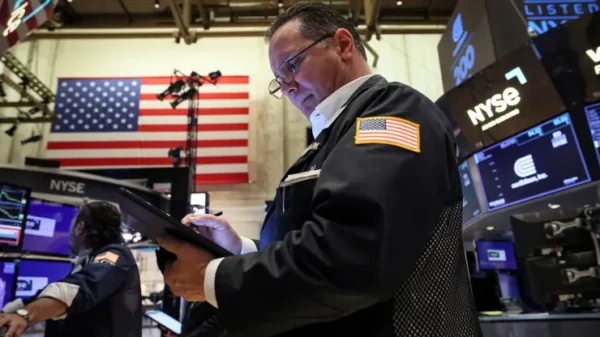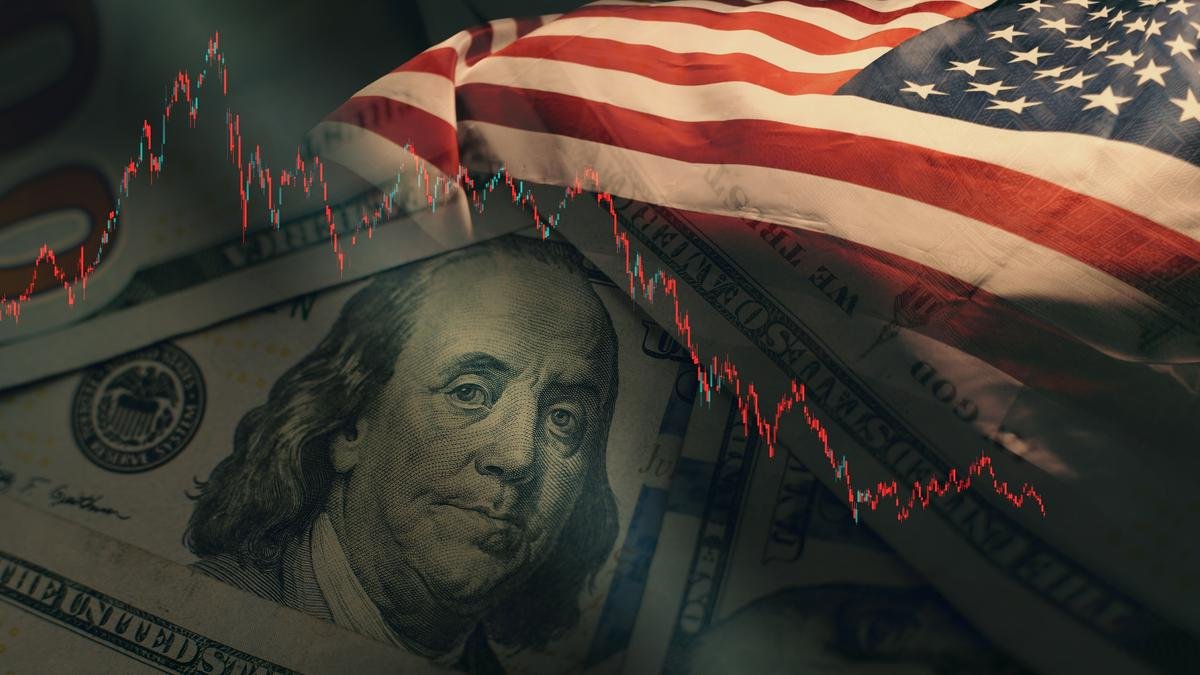The US financial system is one of the most complex and sophisticated in the world. It is made up of a variety of institutions, markets, and regulations that facilitate the flow of money and capital. The system has evolved significantly over time, and it is constantly adapting to new challenges and opportunities.
The History of the US Financial System
The US financial system can trace its roots back to the founding of the First Bank of the United States in 1791. The First Bank was chartered by Congress to provide a national currency and to promote economic growth. It was dissolved in 1811 due to political opposition, but it was followed by a number of other national banks.
The modern US financial system began to take shape in the late 19th century. This was a time of rapid economic growth, and there was a need for a more efficient and stable financial system. In 1863, Congress chartered the National Banking System, which created a network of federally chartered banks. The National Banking System also issued a national currency, which helped to standardize the money supply.
The early 20th century saw the rise of new financial institutions, such as investment banks and mutual funds. These institutions helped to channel capital to new businesses and industries, which helped to fuel economic growth. The US financial system also became more internationalized, as American banks and investors began to operate overseas.
The 2008 Financial Crisis
The US financial system faced its greatest challenge in the 2008 financial crisis. The crisis was caused by a number of factors, including lax lending standards, risky investments, and a lack of oversight. The crisis led to the collapse of several major financial institutions, and it plunged the US economy into a recession.
The 2008 financial crisis led to a number of reforms in the US financial system. These reforms were designed to make the system more stable and to prevent another crisis from happening. The reforms included the creation of the Consumer Financial Protection Bureau, the Dodd-Frank Wall Street Reform and Consumer Protection Act, and the Volcker Rule.
The Future of the US Financial System
The future of the US financial system is uncertain, but it is likely to continue to evolve in response to changing economic and technological conditions. The system will need to be adaptable and resilient in order to meet the needs of businesses and consumers in the years to come.
Some of the challenges that the US financial system is likely to face in the future include:
- Rising income inequality: The gap between the rich and the poor is widening in the United States, and this could lead to increased instability in the financial system.
- Climate change: Climate change is already having a negative impact on the financial system, and this impact is likely to grow in the future.
- Cybersecurity: Cybersecurity is a growing threat to the financial system, and the system will need to be more secure in order to protect its customers.
Despite these challenges, the US financial system is likely to remain one of the most important and vibrant financial systems in the world. The system is essential for supporting economic growth and job creation, and it will continue to play a vital role in the US economy in the years to come.
The Key Players in the US Financial System
The US financial system is made up of a variety of institutions, each with its own role to play. Some of the key players in the system include:
- Commercial banks: Commercial banks are the most common type of financial institution in the United States. They provide a variety of financial services, such as checking and savings accounts, loans, and mortgages.
- Investment banks: Investment banks help businesses raise capital by issuing stocks and bonds. They also advise businesses on mergers and acquisitions.
- Mutual funds: Mutual funds are investment vehicles that pool money from investors and invest it in a variety of assets, such as stocks, bonds, and real estate.
- Insurance companies: Insurance companies provide financial protection against losses from events such as accidents, illness, and death.
- Pension funds: Pension funds provide retirement income for workers. They invest money in a variety of assets, such as stocks, bonds, and real estate.
These are just some of the key players in the US financial system. The system is complex and interconnected, and it plays a vital role in the US economy.















































